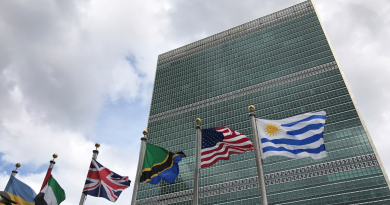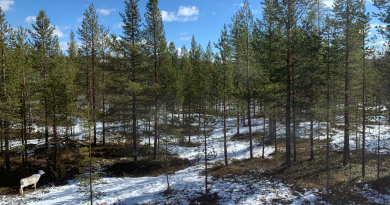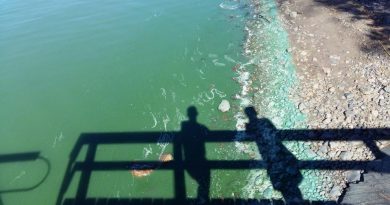New ship to handle all nuclear waste from Rosatom’s operations in Russian Arctic
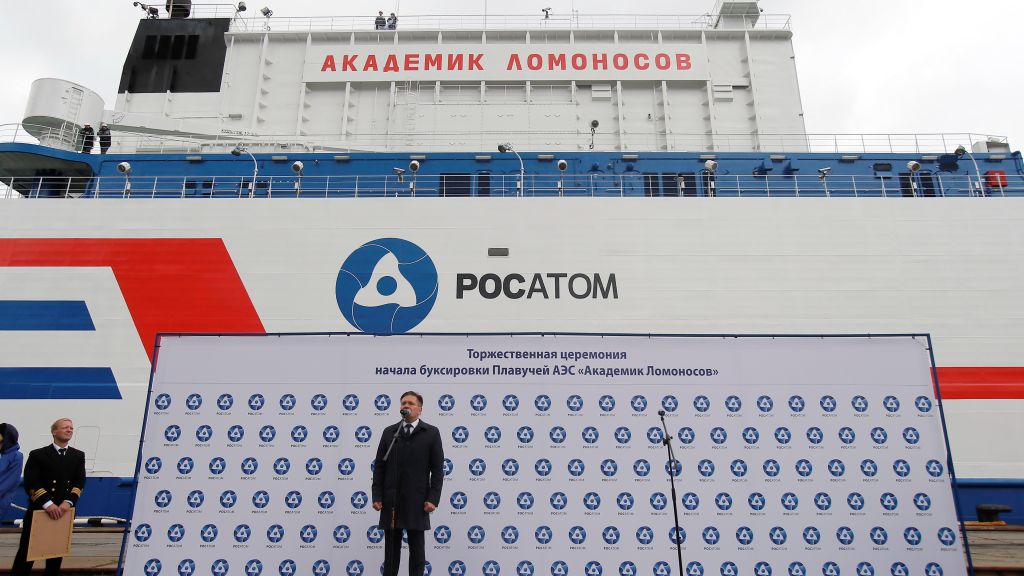
The new special purpose vessel will serve the new icebreakers and the floating nuclear power plants and possible other reactor installations
Iceberg Central Design Bureau in St. Petersburg has completed the technical design and says construction will take about five years.
Described as a multifunctional vessel for nuclear technology services, the 159 meters long ship will be able to sail all along the Northern Sea Route. That includes Pevek, the port town on the coast of te Chukotka Peninsula where Russia’s first floating nuclear power plant is supposed to be connected to the grid by the end of December.
«At the end of 2019, early 2020, we will transfer the documentation of the project to Zvezda shipyard. After that, equipment suppliers can begin to be chosen,» says CEO of Iceberg, Aleksandr Ryshkov, to the state nuclear corporations’ own newspaper Strana Rosatom.
He tells that the ship is designed to serve icebreakers and floating structures with reactors of the RITM-200, RITM-400, KLT-40 and OK-900 types.
KLT-40 is the reactor design used on Rosatom’s four operating nuclear-powered icebreakers, «Taymyr», «Vaigash», «50 Let Podedy», «Yamal» and the container carrier «Sevmorput».
RITM-200 are onboard the three new icebreakers currently under construction at the Baltisky Yard in St. Petersburg, the «Arktika», «Ural» and «Sibir».
RITM-400 are an even larger maritime reactor, planned for the giant Lider-class icebreakers og which Russia plans to built three by the year 2030.
The floating nuclear power plant «Akademik Lomonosov» has two KLT-40 reactors.
Currently, Rosatomflot has two older service ships for storing spent nuclear fuel from the icebreaker fleet.. The two ships, «Imandra» and «Lotta», are mainly moored at port in Murmansk, but «Imandra» is ocationally sailing to the Nerpa shipyard north of Murmansk to pick up containers with spent nuclear fuel from older navy submarines.
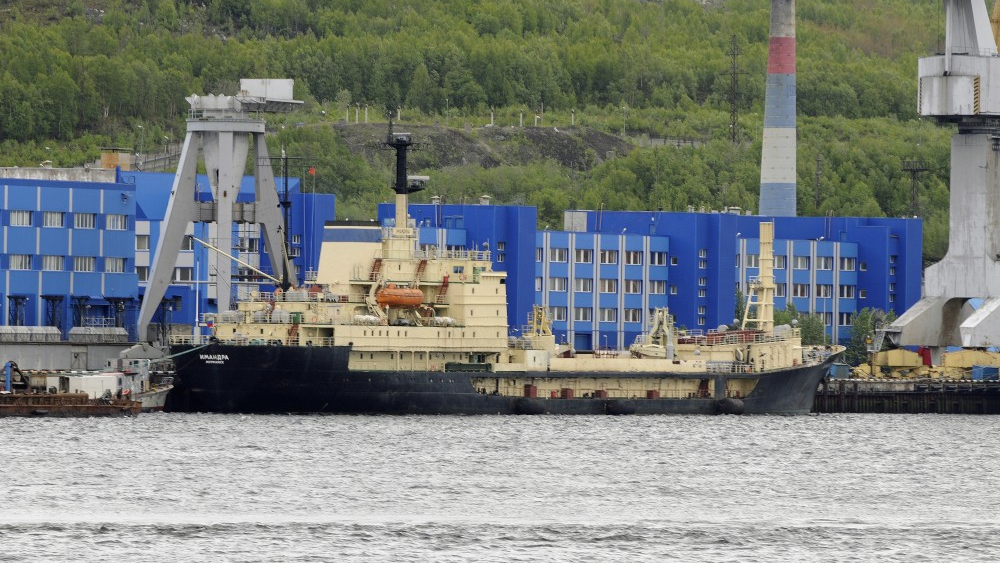
Two other ships, the «Rosita» and «Serebryanka» are serving other missions, like transporting spent nuclear fuel casks from Andreeva Bay to Atomflot. «Serebryanka» has also served during military special operations, like when a crashed Burevestnik nuclear-powered cruise-missile was to be recovered from the sea-floor in the White Sea in August this year. That operation ended catastrophic.
The new vessel is about 30 meters longer than «Imandra» and has a drat at full displacement of 22,661 tons.
Equipped with two larger cranes, the new ship will be able to autonomously serve the reactor installations, like lifting out spent nuclear fuel casks from the «Akademik Lomonosov» and sail it back to Murmansk for loading onshore to railway wagons for further transport to Rosatom’s reprocessing plant in Mayak in the South Urals.
Normally, spent nuclear fuel are stored for a few years onboard the service ships before being transported by rail. As it seems from the drawings, the new vessel have at least eight compartments for storing spent nuclear fuel, but nothing is said about how many reactor cores there are space for in the compartments.
Barents Observer report
The Barents Observer has recently published an overview (pdf) listing the increasing number of reactors in the Russian Arctic. The paper is part of Barents Observer’s analytical popular science studies on developments in the Euro-Arctic Region.
According to the list there are 39 nuclear-powered vessels or installations in the Russian Arctic today with a total of 62 reactors. This includes 31 submarines, one surface warship, five icebreakers, two onshore and one floating nuclear power plants.
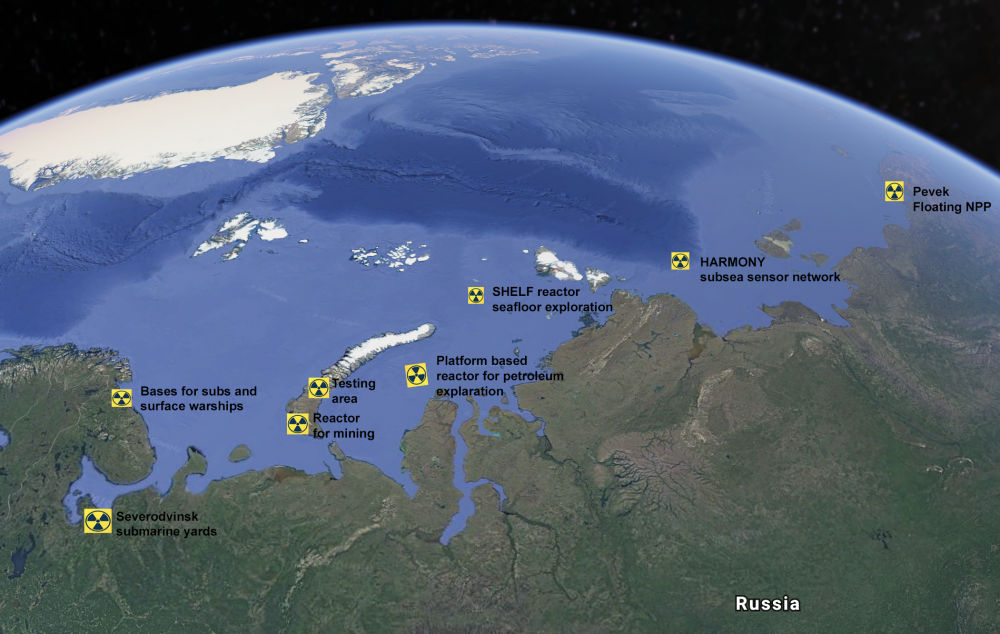
Looking 15 years ahead, the number of ships, including submarines, and installations powered by reactors is estimated to increase to 74 with a total of 94 reactors, maybe as many as 114. Additional to new icebreakers and submarines already under construction, Russia is brushing dust of older Soviet ideas of utilizing nuclear-power for different kind of Arctic shelf industrial developments, like oil- and gas exploration, mining and research. “By 2035, the Russian Arctic will be the most nuclearized waters on the planet,” the paper reads.
Also, existing icebreakers and submarines get life-time prolongation. The average age of the Northern Fleet’s nuclear-powered submarines has never been older than today. Several of the submarines built in the 1980s will continue to sail the Barents Sea and under the Arctic ice-cap until the late 2020s.
Related stories from around the North:
Canada: MLA worried hydro expansion in Northern Canada is ‘subsidy’ for mining project, CBC News
Finland: Nuclear waste company plans major investment at disposal site in southwest Finland, Yle News
Norway: Traces of radioactive iodine detected near Norway-Russia border, The Independent Barents Observer
Russia: Floating nuclear power plant will be key to Northern Sea Route, Russia’s Rosatom says, The Independent Barents Observer
Sweden: Environmentalists praise ruling on nuclear waste site in Sweden, Radio Sweden
United States: Russia’s floating nuclear power plant worries Alaskans, Alaska Public Media

